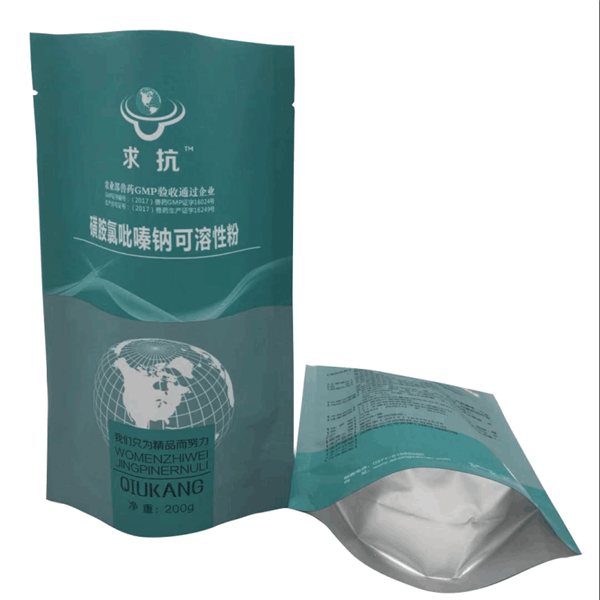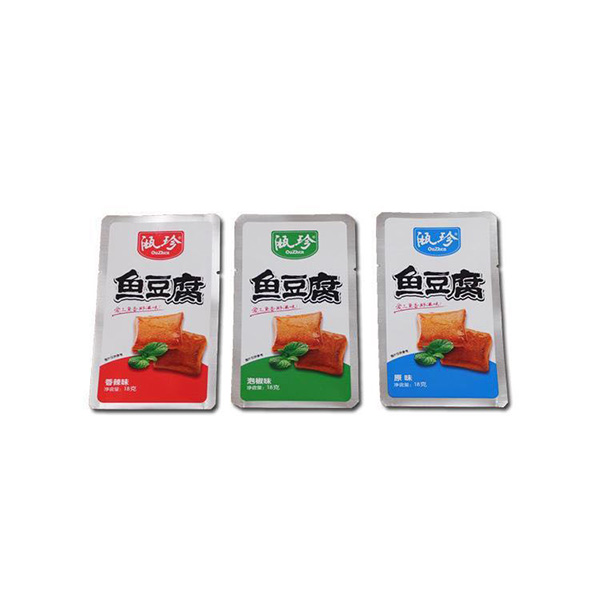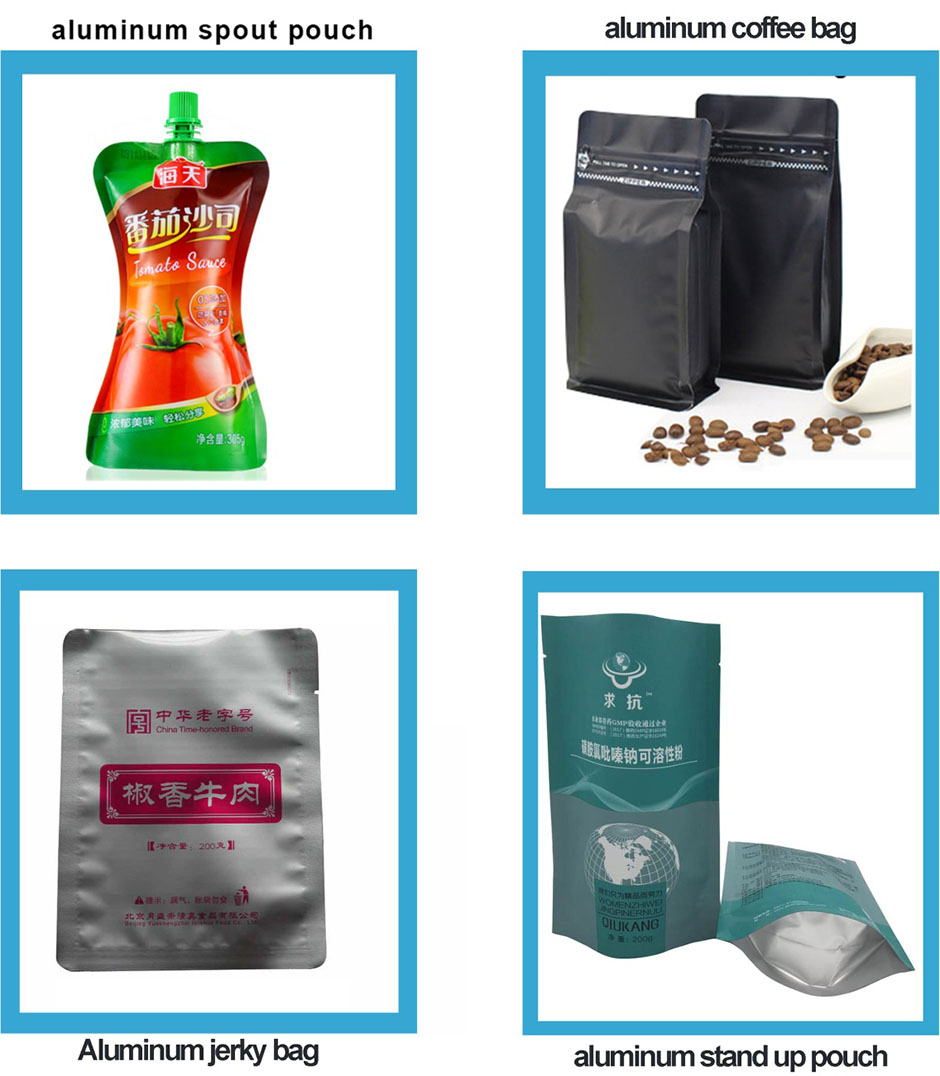Aluminum foil is one of the commonly used materials in composite packaging materials. It has a thickness of 7 microns and has a good light-proof effect. It is an indispensable material for aluminum foil vacuum bags and cooking bags.
Aluminum foil printing is a process with high technical requirements. It not only has strict requirements on the selection of printing equipment and raw materials, but also requires printing personnel to master the operation technology and strictly control the process. So what should be paid attention to in aluminum foil printing?
- Substrate
It is required that the aluminum foil has good toughness, good flatness, and no wrinkles, wagging, etc. The surface of the aluminum foil should be clean and free of oil stains.
2. Printing equipment
Since aluminum foil is prone to creases when passing through the guide roller, a special aluminum foil printing machine and narrow-width printing are generally required. It also requires strong drying capacity and large air volume in the drying tunnel of the printing press to completely dry the ink and volatilize the peculiar smell of the resin.
3. Printing process
(1) The ink adhesion should be confirmed by tests; (2) The ink viscosity should not be too high to facilitate leveling. In printing, it should be stirred frequently to prevent precipitation, and a solvent should be added in time to compensate for its volatilization and keep the ink viscosity consistent. It is best to use a circulating ink pump. In the printing process, if the ink foams, an appropriate amount of defoamer can be added; (3) Aluminum foil is a non-extensible material, and the tension can be appropriately increased during printing to facilitate overprinting and stable conveying; (4) In order to strengthen the ink drying, the oven temperature It can be as high as possible, but if the oven temperature is too high when starting up, it will easily cause the aluminum foil to wrinkle. Therefore, the operation can be started at low speed and low temperature. Through the gradual increase in speed and temperature, the processing parameters can meet the process requirements in the process of stable operation and then formally printed. Avoid emergency stop and emergency operation; (5) The surface of the ink is usually printed with varnish to enhance the abrasion resistance, scratch resistance and temperature resistance of the ink.
4. Post-processing factors
Pure aluminum foil is brittle and has poor flexibility. If the printing surface is too hard or too soft, it is not conducive to slitting. If the printing surface is too slippery or non-slip, it is not conducive to slitting. Usually it can be achieved by adjusting the nitrocellulose in the aluminum foil ink. If a single nitrocellulose cannot meet the requirements, two nitrocellulose can be used to meet the requirements. The smoothness of the surface can be adjusted with wax powder. Generally, some leveling additives can be added to improve the printing effect and prevent the production of orange peel, but do not add too much leveling agent, because some leveling additives have a matting effect, which will affect the brightness and adhesion of aluminum foil ink prints .
Post time: Nov-26-2020






